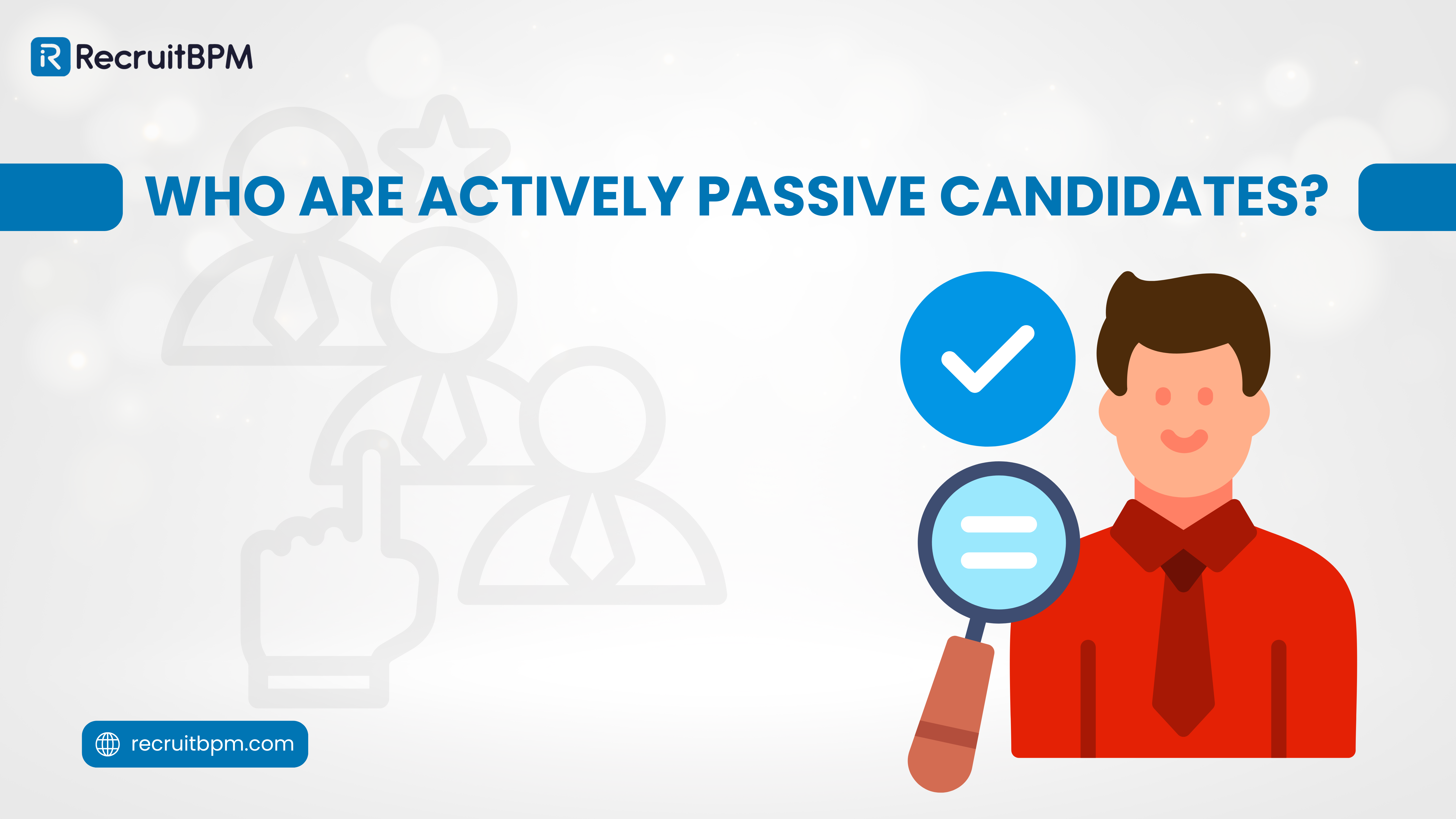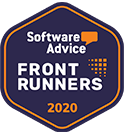The recruitment landscape continues to evolve, introducing new candidate categories that challenge traditional hiring strategies. Among these emerging classifications, actively passive candidates represent a unique opportunity that many recruitment agencies overlook.
Understanding this candidate type can transform your talent acquisition approach. These individuals occupy a middle ground between active job seekers and completely passive professionals, creating both challenges and opportunities for recruiters.
What are Actively Passive Candidates?
Actively passive candidates are professionals who express interest in specific companies or job opportunities but take no concrete steps to pursue them. Unlike active candidates who apply to multiple positions or passive candidates who aren’t looking at all, actively passive individuals remain in a state of interested observation.
These candidates might regularly visit your company’s career page, engage with your LinkedIn content, or discuss potential opportunities with colleagues. However, they won’t submit applications, reach out directly, or take the initiative to advance conversations. Their interest exists, but their action doesn’t.
Several factors explain this behavior pattern—some candidates lack awareness of specific openings in their field, while others hesitate to take the first step due to fear of rejection or failure. Market uncertainty, job security concerns, or simply feeling overwhelmed by the application process can also keep qualified professionals in this actively passive state.
Why Actively Passive Candidates Matter for Recruitment Agencies?
Ignoring actively passive candidates means missing a significant talent pool. Approximately 70% of the global workforce consists of passive candidates, and many of these fall into the actively passive category.
For recruitment agencies, these candidates present strategic advantages. They’ve already demonstrated interest in your clients’ organizations, reducing the cold outreach burden. Their engagement signals potential cultural fit and genuine attraction to the opportunity rather than desperate job hunting.
Actively passive candidates often possess in-demand skills and valuable experience. They’re currently employed, which typically indicates competence and reliability. Unlike unemployed active candidates who might accept any offer, actively passive professionals can afford to be selective, meaning successful placements tend to stick.
Your employer brand directly impacts active and passive behavior. When candidates follow your content but don’t apply, they’re signaling that while your organization interests them, something prevents conversion. Understanding this dynamic helps recruitment agencies identify barriers in their hiring process and refine their approach.
How to Use Actively Passive Candidates Effectively?
Converting actively passive candidates requires proactive engagement strategies that traditional posting-and-waiting approaches won’t accomplish.
Build relationship-focused pipelines
Track candidates who engage with your content repeatedly. Monitor who views your LinkedIn posts, downloads your resources, or attends your webinars. These digital footprints reveal interest levels that deserve personalized outreach.
Personalize your approach
Generic InMails and templated emails won’t activate these candidates. Reference specific content they engaged with or mutual connections you share. Demonstrate that you’ve noticed their interest and value their background specifically.
Reduce application friction
The difficulty of getting hired for positions you’re not applying to creates frustration for actively passive candidates. Simplify your process by reaching out directly, offering to discuss opportunities informally, or providing expedited application pathways for referred candidates.
Create engagement opportunities
Host industry events, roundtables, or networking sessions that don’t require commitment. These low-pressure environments allow actively passive candidates to explore opportunities without formal application pressure.
Nurture consistently
Actively passive candidates need time. Regular touchpoints through valuable content, industry insights, or company updates keep your opportunities top-of-mind without being pushy. When their circumstances change or the right role appears, you’ll be their first call.
Leverage employee advocacy
Current employees can bridge the gap with actively passive candidates more effectively than recruiters. Encourage your team to share authentic workplace experiences and engage with interested professionals in their networks.
Common Challenges with Actively Passive
Working with actively passive candidates presents unique obstacles that require strategic solutions.
Timing uncertainty creates the biggest challenge. These candidates express interest without clear timelines for making moves. Balancing continued engagement against immediate hiring needs requires patience and strong pipeline management.
Resource allocation becomes tricky when investing time in candidates who may never convert. Recruitment agencies must establish clear engagement metrics to identify which actively passive candidates warrant continued investment versus those who are perpetually interested but never act.
Competition intensifies because other agencies recognize the same signals. When multiple recruiters target the same actively passive candidate, differentiation through authentic relationship-building becomes critical.Changing circumstances mean today’s actively passive candidate might become tomorrow’s active candidate or completely passive professional. Regular monitoring and flexible engagement strategies help you adapt as their situation evolves.

















